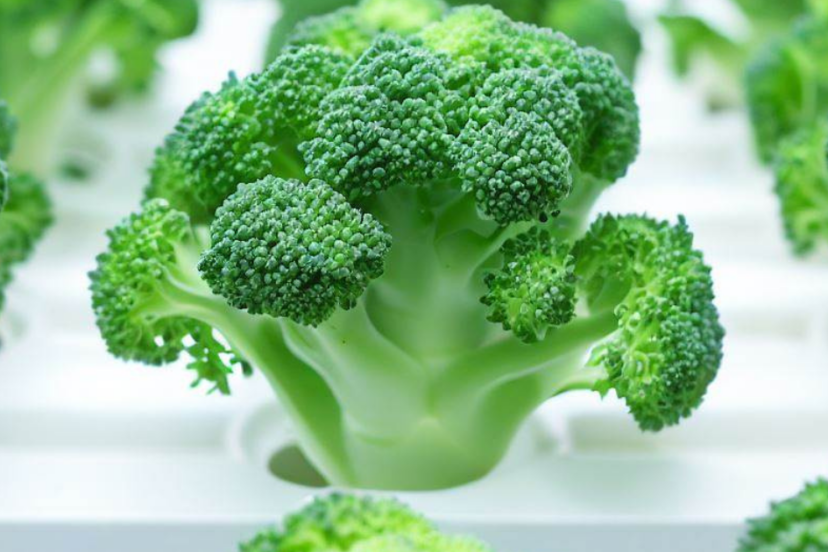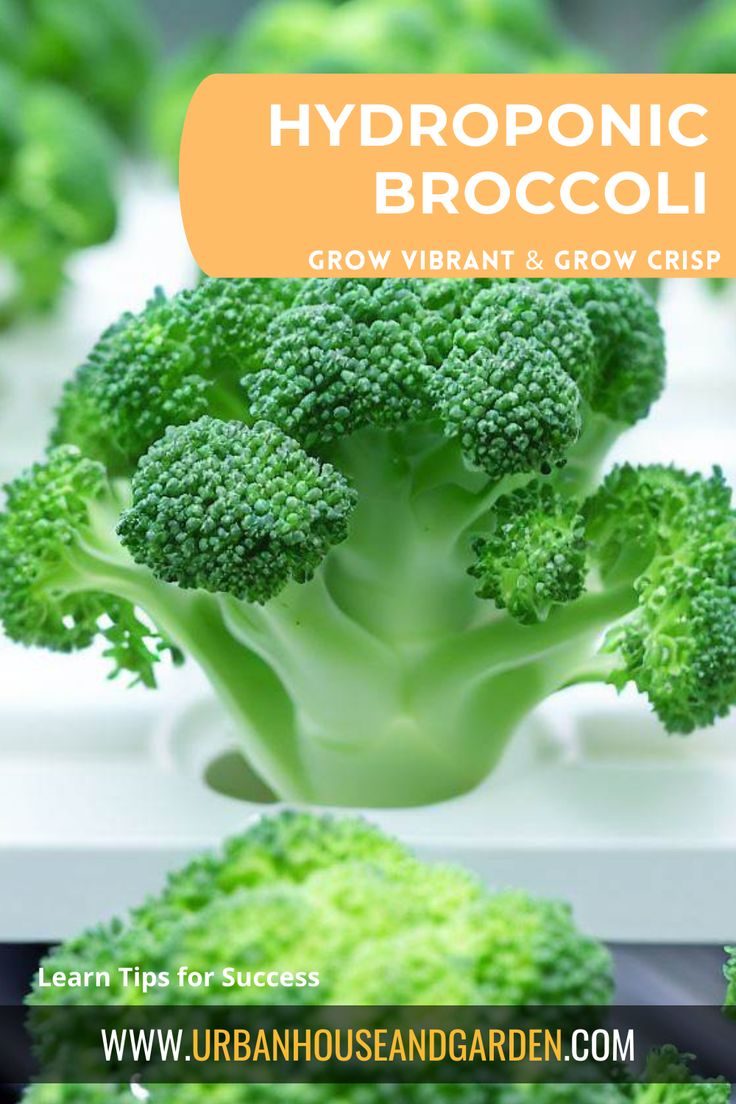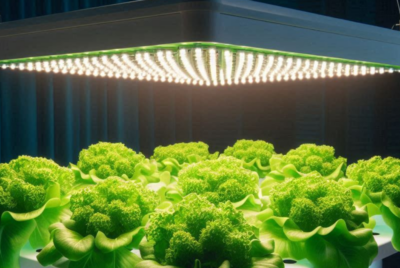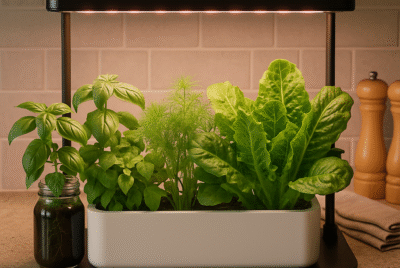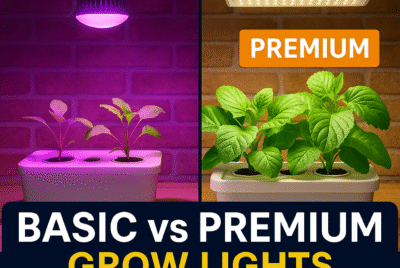Grow Vibrant Hydroponic Broccoli: Tips for Success
Hydroponic broccoli brings the joy of homegrown, nutrient-rich vegetables right to your fingertips.
In this article, we’ll explore the benefits of hydroponic broccoli, discuss the essential components for successful cultivation, and provide helpful suggestions to ensure optimal growth and flavorful harvests.
The Benefits of Hydroponic Broccoli
Broccoli is a nutritional powerhouse, packed with vitamins, minerals, and antioxidants. Growing broccoli hydroponically offers several advantages. Firstly, hydroponic systems allow precise control over growing conditions, ensuring consistent quality and yields. Secondly, hydroponic broccoli typically grows faster and produces higher yields compared to traditional soil-based cultivation. Lastly, hydroponics minimizes the risk of soil-borne diseases and reduces water usage.
Choosing the Right Hydroponic System for Broccoli
Selecting the appropriate hydroponic kit is crucial for successful broccoli cultivation. Some popular options include deep water culture (DWC), nutrient film technique (NFT), and ebb and flow systems. Each system has its own benefits and considerations, such as space requirements, complexity, and cost. Choose a system that suits your needs and resources, ensuring proper aeration, nutrient delivery, and support for broccoli plants.
Optimal Growing Conditions for Hydroponic Broccoli
Creating an environment that mimics the ideal conditions for broccoli growth is essential. Broccoli thrives in moderate temperatures between 60°F and 75°F (15°C to 24°C). Provide ample air circulation to prevent heat stress and maintain humidity levels around 50% to 70%. Additionally, ensure sufficient light exposure, ideally 12 to 16 hours per day, to support robust photosynthesis and healthy plant development.
Nutrient Requirements for Healthy Broccoli Growth
Hydroponic broccoli relies on a balanced nutrient solution for optimal growth and development. The primary nutrients required are nitrogen (N), phosphorus (P), and potassium (K), along with secondary nutrients and micronutrients. Monitor nutrient levels regularly and adjust the solution accordingly. Pay attention to the specific nutrient requirements during different growth stages, such as vegetative growth, head formation, and flowering.
Maintaining pH and EC Levels in Hydroponic Broccoli Systems
pH and electrical conductivity (EC) levels play a vital role in nutrient uptake and plant health. Broccoli thrives in slightly acidic to neutral pH, ideally between 5.5 and 6.5. Regularly test and adjust the pH of the nutrient solution using pH buffers or adjusters. EC measures the nutrient concentration in the solution. Maintain EC levels suitable for broccoli, around 1.6 to 2.5 mS/cm during different growth stages.
Lighting for Hydroponic Broccoli: Meeting the Plants’ Needs
Proper hydroponic lighting is crucial for photosynthesis and overall plant health. Broccoli requires high-intensity light, ideally full spectrum, with a significant portion in the blue and red spectrum. LED grow lights are popular for hydroponic broccoli due to their energy efficiency, adjustable spectrum, and low heat output. Position the lights appropriately to ensure uniform coverage and maintain the recommended distance between the lights and the plants.
The recommended distance between plants and hydroponic lights varies based on factors such as the type of light, the growth stage of the plants, and the specific light intensity. Generally, for most hydroponic lighting setups:
1. Seedling Stage: Keep lights around 24 to 36 inches above the plants to prevent excessive stretching and ensure gentle light exposure.
2. Vegetative Stage: Maintain a distance of 18 to 24 inches between the plants and lights. This encourages healthy growth and development.
3. Flowering Stage: During flowering, adjust lights to about 12 to 18 inches above the plants. This closer proximity helps maximize light absorption and flower formation.
It’s important to closely monitor your plants and adjust the light distance as needed. Some plants may tolerate closer distances, while others might require more space. Additionally, different types of lights (LED, HPS, fluorescent, etc.) emit varying levels of heat and light intensity, so always refer to the manufacturer’s guidelines for optimal distances. Regular observation and fine-tuning will help ensure your plants receive the right amount of light for optimal growth.
Managing Temperature and Humidity for Broccoli Success
Maintaining the right temperature and humidity levels is vital for optimal broccoli growth. Temperature fluctuations can impact plant development and head formation. Maintain temperatures between 60°F and 75°F (15°C to 24°C) during the day and slightly cooler at night. Proper ventilation and airflow help regulate humidity levels, preventing excessive moisture that can lead to fungal diseases.
Common Pests and Diseases in Hydroponic Broccoli and How to Prevent Them
Like any crop, hydroponic broccoli is susceptible to pests and diseases. Common pests include aphids, caterpillars, and whiteflies. Implement preventive measures such as regular inspection, using insect screens, and employing biological controls. Diseases like powdery mildew and damping-off can also affect broccoli. Maintain cleanliness, proper ventilation, and appropriate spacing to prevent the spread of diseases.
Harvesting and Storage Tips for Fresh and Flavorful Hydroponic Broccoli
Harvesting broccoli at the right stage ensures optimal flavor and texture. Harvest when the central head is compact and firm, before it starts to flower. Cut the head at an angle to preserve the plant’s vitality for potential side-shoot production. Store harvested broccoli in a cool environment or refrigerate immediately to maintain freshness. Consume it within a few days for the best flavor and nutritional value.
Conclusion
Growing hydroponic broccoli opens up a world of possibilities for home gardeners and enthusiasts. With precise control over growing conditions, nutrient delivery, and lighting, you can cultivate healthy and flavorful broccoli year-round. Follow the guidelines provided, stay attentive to your plants’ needs, and enjoy the satisfaction of harvesting your very own hydroponic broccoli.
FAQs
1. How long does it take for hydroponic broccoli to mature?
Hydroponic broccoli typically takes around 8 to 12 weeks to mature, depending on the variety and growing conditions.
2. Can I grow hydroponic broccoli indoors?
Yes, hydroponic broccoli can be successfully grown indoors with the right lighting, temperature, and humidity control.
3. What nutrients are essential for hydroponic broccoli?
Hydroponic broccoli requires a balanced nutrient solution containing nitrogen (N), phosphorus (P), potassium (K), along with secondary nutrients and micronutrients.
4. How often should I change the nutrient solution in my hydroponic system?
It’s recommended to change the nutrient solution every 1 to 2 weeks or when the nutrient levels are depleted, ensuring a fresh supply of nutrients for the plants.
5. Can I reuse the growing medium for hydroponic broccoli?
Reusing the growing medium is possible with proper sterilization and disinfection methods. However, it’s advisable to replace the growing medium for each crop cycle to minimize the risk of pests and diseases
*We may earn a commission from purchases made through our links, at no cost to you. This does not affect our product recommendations. Please see our disclosure to learn more.

